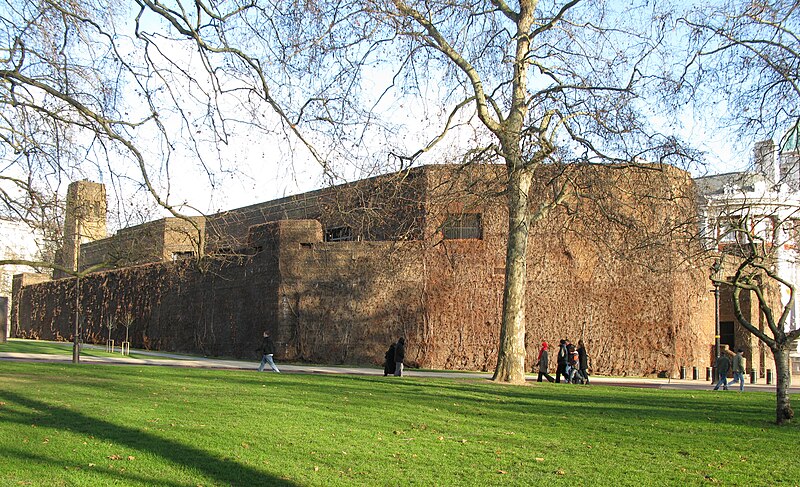Debunking the Bunker

I remember as a child, my grandmother telling me tales of the Second World War. There was probably a dash of artistic license, but somehow she managed to turn gruesome scenes into Enid Blyton style adventures; many of which took place in or around her family’s Anderson Shelter. During the war, going underground was effective for both the public and government, with much of the UK war effort coordinated from ‘secret’ bunkers beneath Whitehall.
Why did wartime bunkers work? They provided a degree of risk mitigation from falling bombs, however that is a much lower risk today (thankfully) and therefore we need to ensure that our arrangements keep pace with contemporary risk.
The key to building resilience is to get out of the bunker (at least figuratively), to engage the public through sharing information on risks they face and actions they can take to prevent, prepare and recover.
From land use planning and architecture, to the design of staff and supplier contracts, investment in diversity of communication technologies and recognition of the importance of business continuity, I think we’re beginning to see a similar shift in emergency preparedness. It’s a slow process, but I hope that eventually resilience becomes as habitual as brushing your teeth, wearing seat belts or recycling waste.
Note: this post was originally published in Dec 2012 but was updated in Sept 2021 after I discovered some of the links were redirecting to gambling websites. I’m not sure how long those link errors were present and apologies if you have been taken to inappropriate content by mistake.

